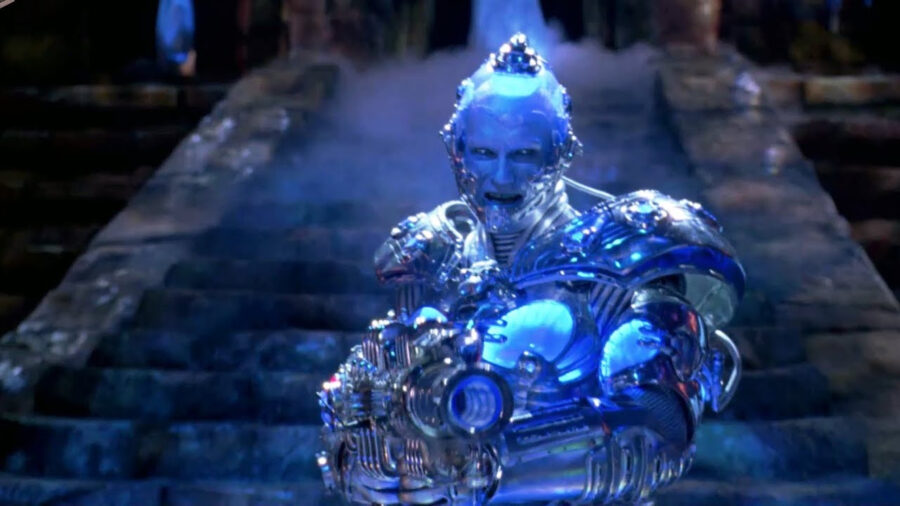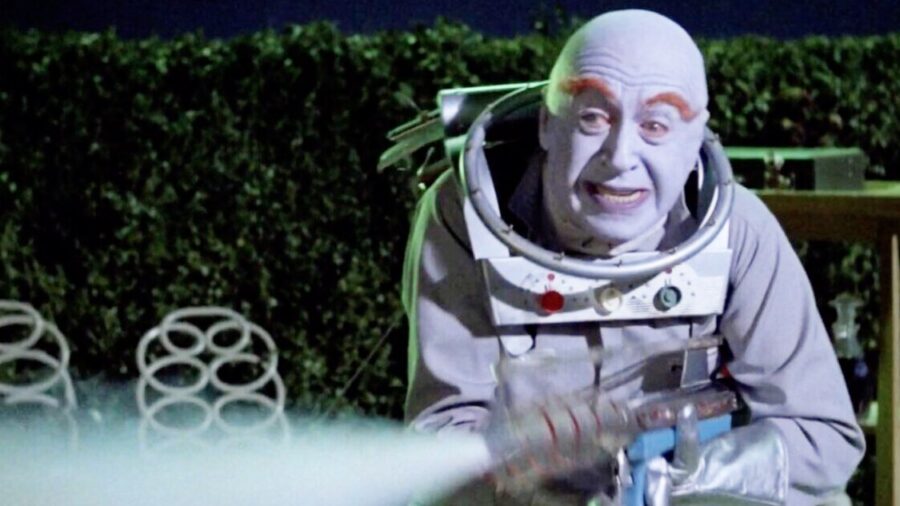Scientists Are Making Mr. Freeze’s Iconic Weapon A Reality

It appears that a professor from the University of Virginia has figured out how to construct a freeze gun, similar to the one wielded by Batman‘s adversary, Mr. Freeze, in the 1997 movie Batman and Robin. According to Futurism, however, the professor’s discovery is not meant to be used to create a weapon. The goal of Patrick Hopkins, a professor in mechanical and aerospace engineering, is to develop on-demand surface cooling systems for electronics in spacecraft and high-altitude jets.
Researchers are building a freeze gun, not to live out their Mr. Freeze fantasy, but to provide cooling for spacecraft and jets.
In a statement regarding his research, Hopkins recognized the significant issue of electronics overheating in aircraft with no cooling solution. The U.S. Air Force has shown interest in Hopkin’s freeze ray concept, which could potentially be developed into a freeze gun. As a result, they have funded his ExSiTE Lab (Experiments and Simulations in Thermal Engineering) $750,000 over three years to further investigate and optimize this technology.
Hopkins’ lab will collaborate with Laser Thermal, a spinout company from the University of Virginia, to develop a prototype of this innovative device. The professor has assured that the mechanism will be used for benevolent purposes. This contrasts sharply with the villainous Mr. Freeze, who would undoubtedly harness such technology to amass a cache of deadly freeze guns.

In his statement, Hopkins clarified that electronics in military crafts closer to Earth can often rely on natural cooling methods. As an example, he cited the Navy’s use of ocean water as a part of its liquid cooling systems. Additionally, he explained that the density of the air near the ground assists in keeping aircraft components cool.
The freeze gun technology has millions of dollars of research behind it, but if it proves effective, it will become priceless.
However, Hopkins pointed out that in the Air Force and Space Force realm, the environment is either the vacuum of space or the upper atmosphere, both of which lack sufficient air for cooling. He explained that this scenario leads to electronics continually overheating, and carrying a coolant payload isn’t viable due to weight constraints affecting efficiency. Hence, the application of his lightweight freeze-ray technology, capable of being turned into a freeze gun, could be a game-changer in such situations.
Electronics in the upper atmosphere, or even space, are prone to overheating, a problem that the freeze gun could solve by not relying on air flow for cooling.
In a recent article published in the journal ACS Nano, the team led by Hopkins described a prototype device that exploits an uncommon property of plasma, widely known as the “fourth state of matter.” Hopkins explained that a swiftly striking plasma jet, akin to a “laser beam” or a “lightning bolt,” could cool a surface before warming it up. In their previous tests, they found a purple plasma jet had the capability to cool a gold-plated surface prior to heating it, a baffling but repeatable result.
The research team has already discovered that surface temperatures can be reduced by several degrees within microseconds using this plasma jet, a change potentially substantial enough to have an impact in outer space or at very high altitudes. It will certainly be interesting to observe how Hopkins and his colleagues refine this technology in the coming three years. Let’s hope that such technology doesn’t end up in the hands of someone keen on manifesting Mr. Freeze’s destructive freeze gun from fiction to reality.












